Canada
Canada, a country of unparalleled diversity and multifaceted beauty, is home to a unique blend of natural wonders and cultural landmarks, each with its own story to tell. This makes it a destination that piques the curiosity of every traveler.
From the soaring peaks of the Rocky Mountains to the rugged coastal shores of the Atlantic and Pacific oceans, Canada’s landscapes offer endless opportunities for exploration and adventure. Additionally, the country’s cities and towns are home to countless museums, galleries, and historic sites that showcase Canada’s rich heritage and vibrant culture.
Whether it’s the awe-inspiring natural beauty of Banff National Park, the vibrant energy of Toronto’s bustling streets, or the architectural marvels of Montreal’s Old Port, Canada offers a diverse and exciting experience for every type of traveler, igniting a sense of excitement and eagerness to explore.
To discover the wonders of Canada and experience all the beauty and excitement this fantastic country has to offer, start planning your trip today.
Keep In Mind

When choosing the best time to visit North America, consider your destination and what you want to do and see. The continent offers diverse climates and landscapes, so research is crucial before booking your trip.
Suppose you plan to explore the national parks and enjoy outdoor activities such as [specific activities]. In that case, visiting between March and May is best to avoid the summer crowds and experience moderate weather. However, it’s advisable to check the weather since it may vary due to climate change.
For those visiting Canada, September through November is an excellent time to travel. The cooler yet comfortable weather allows the chance to witness the awe-inspiring beauty of the fall colours, a sight that will inspire you.
However, if you plan to hike or visit outdoor destinations like Banf, June, July, August, or March is the best time to go.
Canada is not just a popular destination; it’s a hiker’s paradise. With Banf alone attracting thousands of visitors annually, you can be confident that you’ve chosen the right place for your hiking adventure.
Winter sports lovers can visit Whistler, while those who prefer city life can explore Montreal, Vancouver, Quebec City, and Toronto.
What To Expect
OTHER MAIN CITIES: Quebec, Toronto, Vancouver, Montreal, Calgary, Edmonton
CURRENCY: Canadian dollar
ELECTRICITY: In Canada, the standard voltage is 120 V, while the standard frequency is 60 Hz. The power plugs and sockets are of type A, and B. Type B also works with plug A. (Be sure to get your universal travel adapter before you leave)
ENTRY / VISA: Visas are not required for Australians, Americans and most European nationalities. However, if arriving by air, most travellers need an Electronic Travel Authorization. For information about which countries are granted visa-free access, click here.
SAFETY: Canada is considered one of the safest developed countries to travel to. Take standard safety precautions that you would use anywhere in the world.
Most petty crimes occur in highly populated urban areas, so be more aware when travelling in cities.
LANGUAGE: English (even In Quebec) and French
TRANSPORTATION: Canada is vast, and cross-country travel is possible via domestic flight, train and automobile. Most cities have well-connected metro systems and ride-shares.
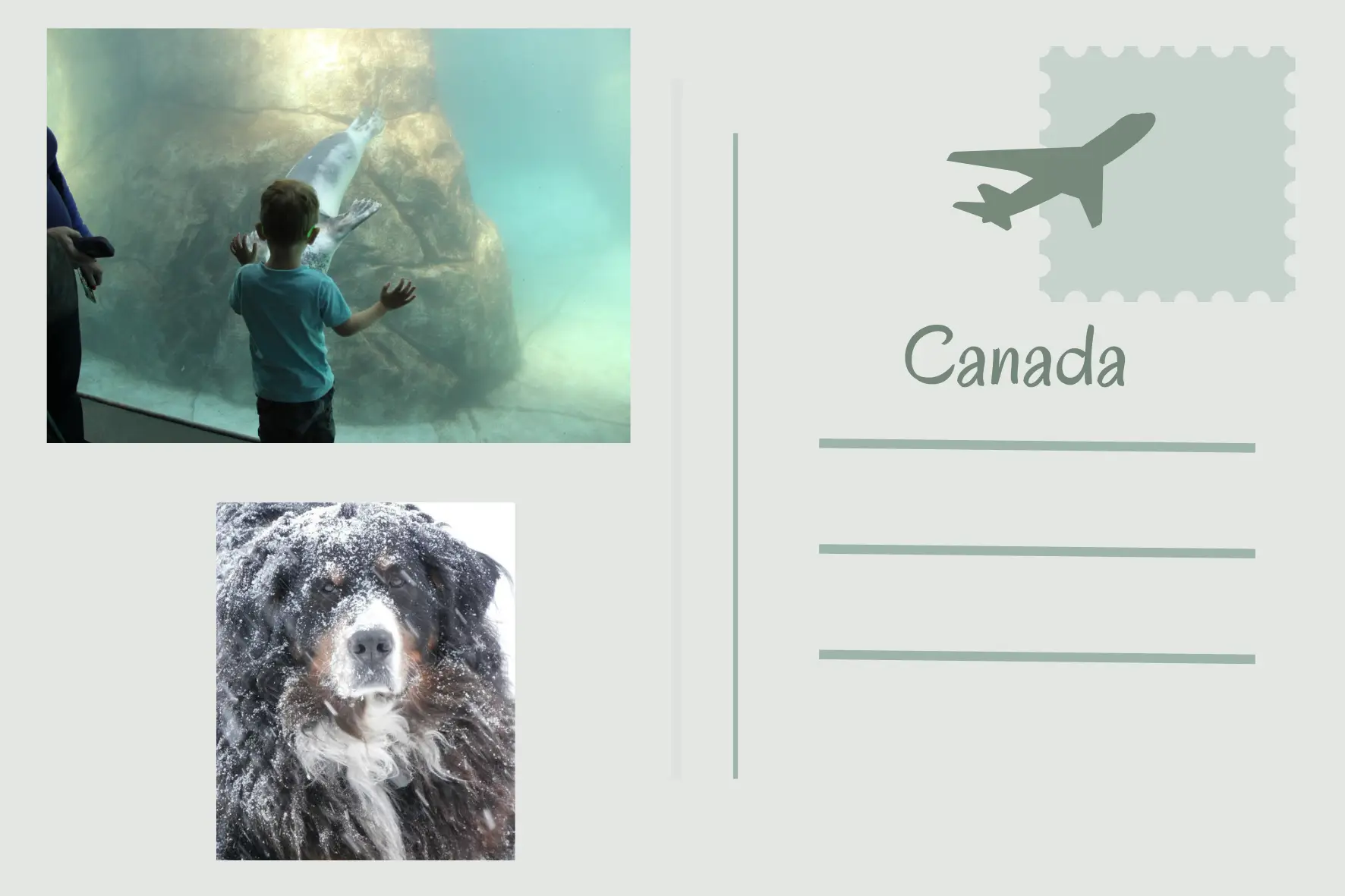

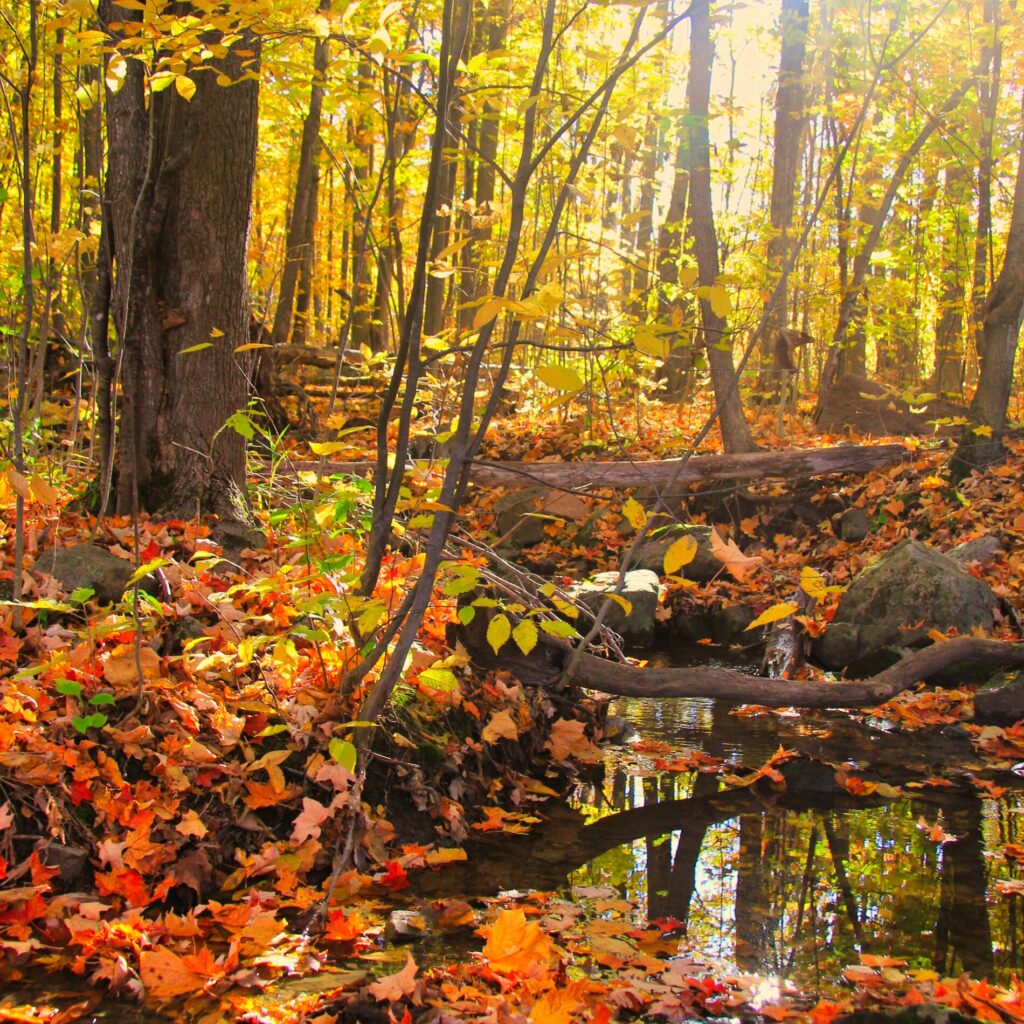

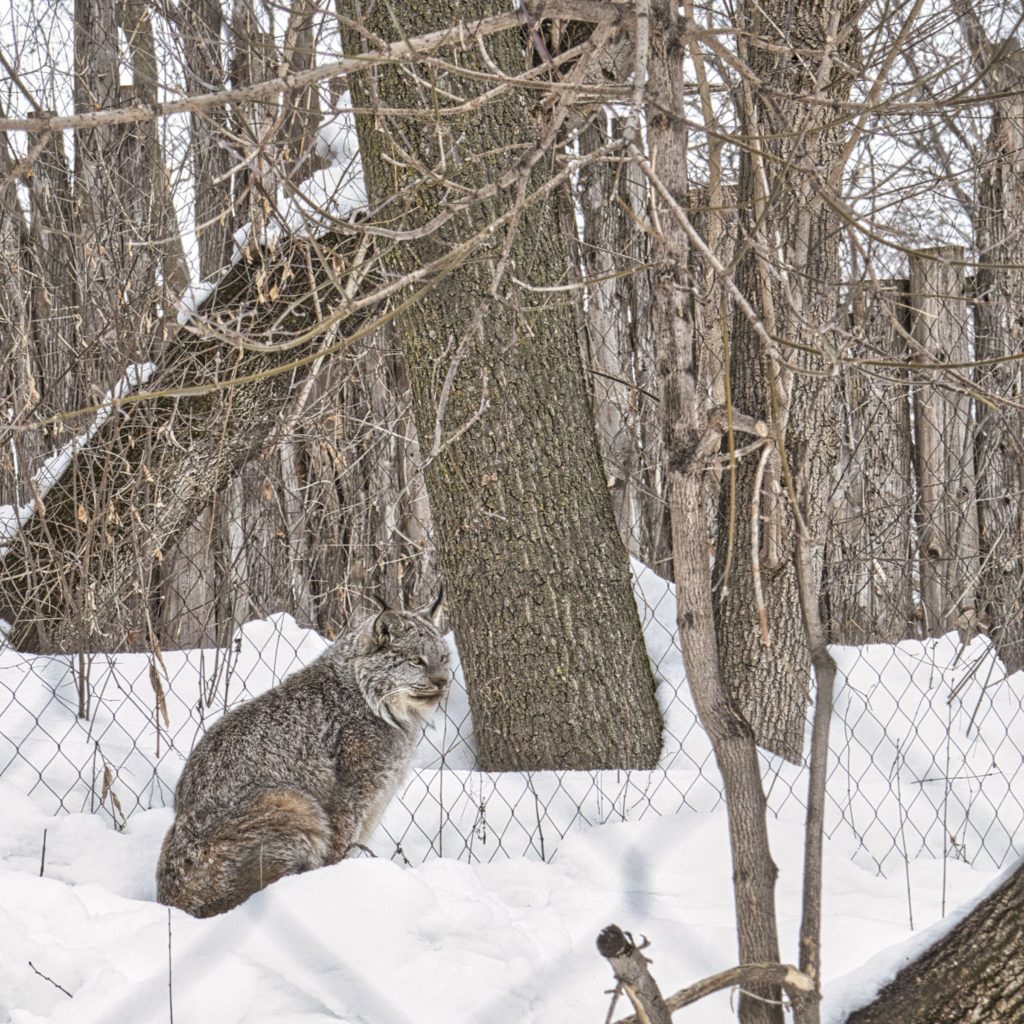


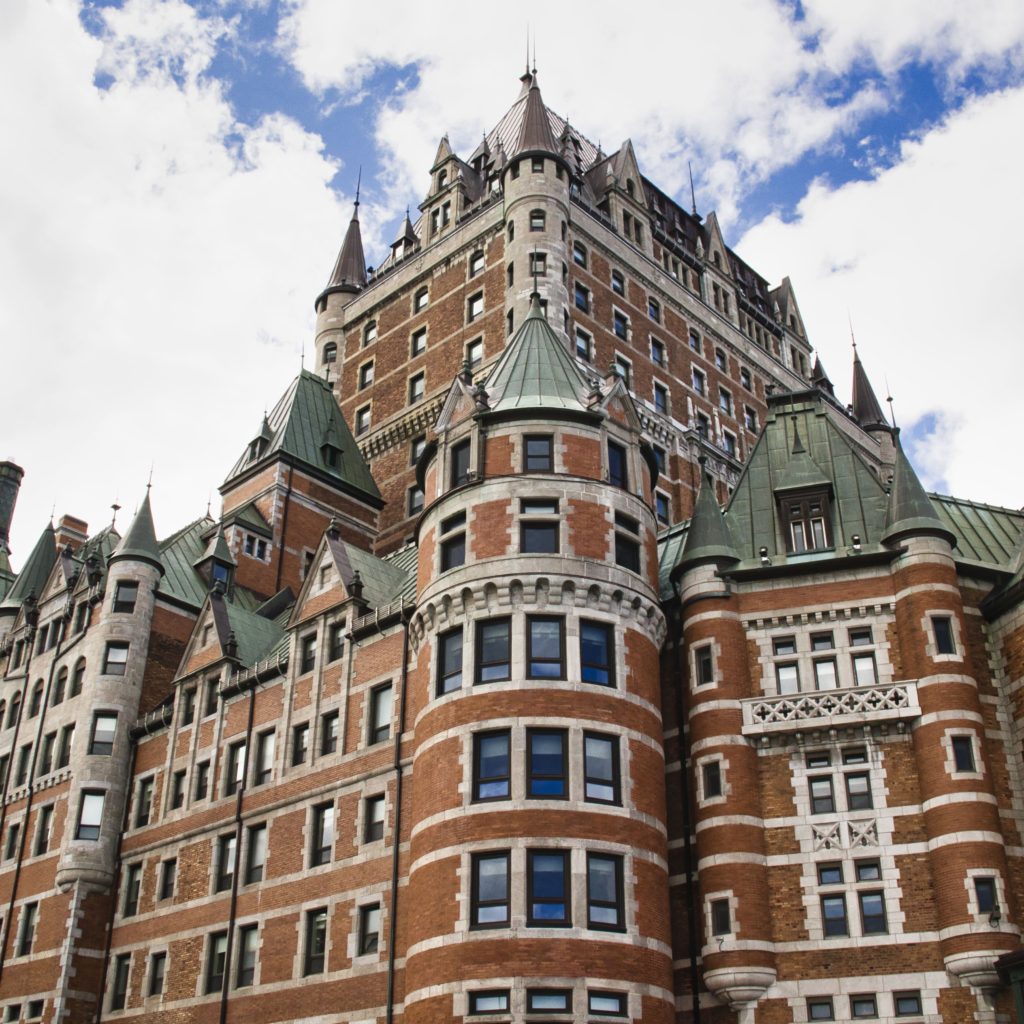
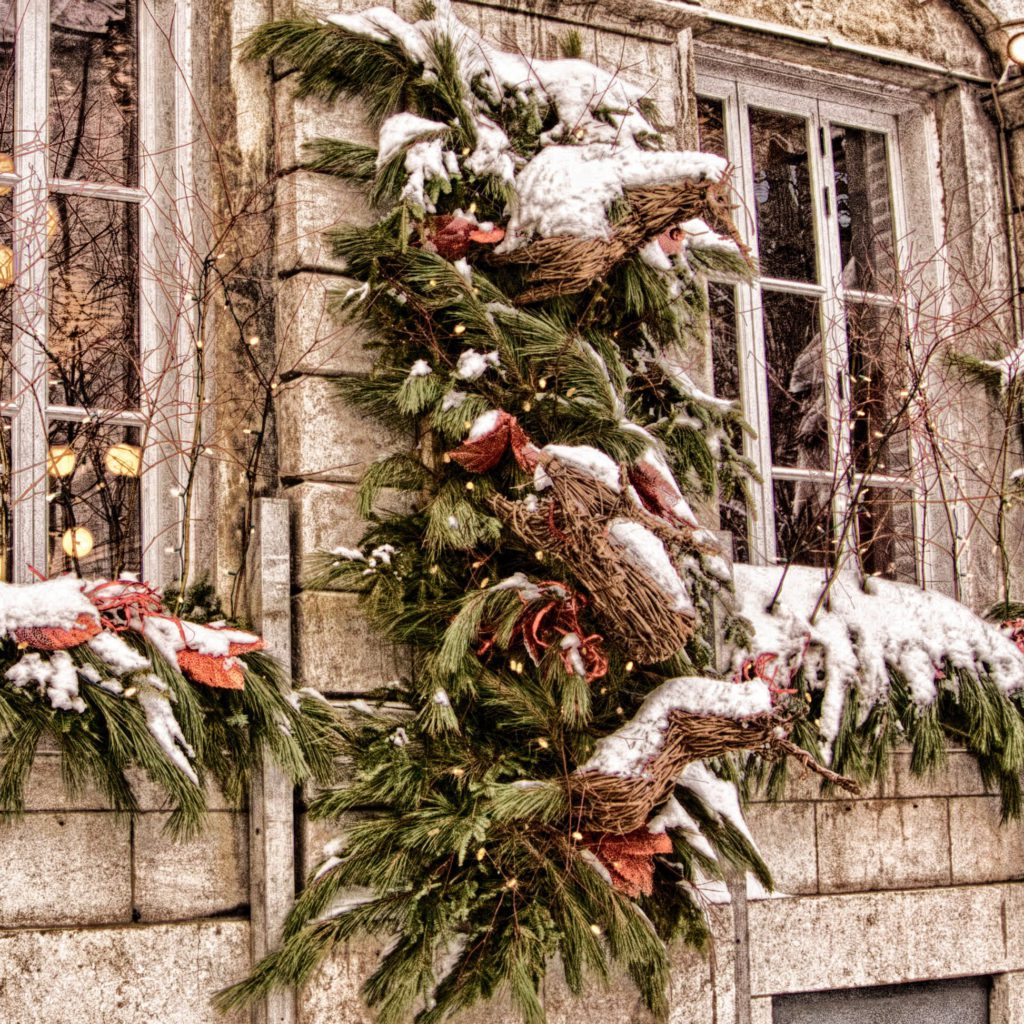

I grew up in the northeast where we definitely experienced all of the seasons. I always wanted to go to Nova Scotia during the fall for those fall colors.
I love the fall colors but not the cold winter :O(